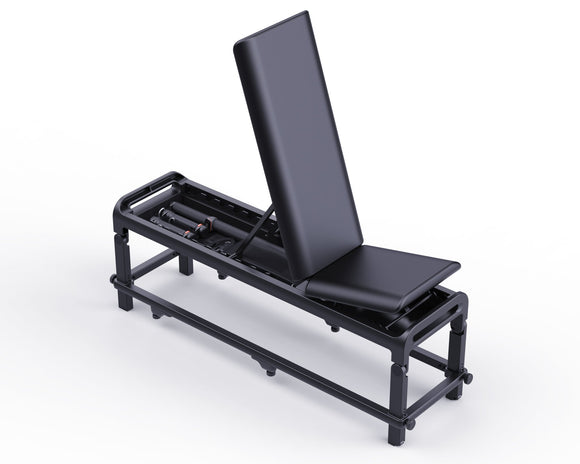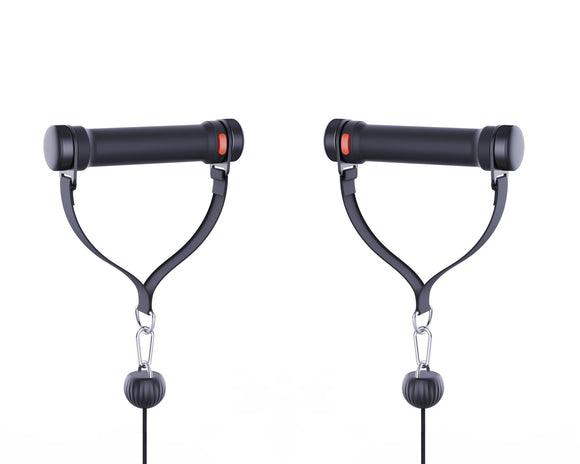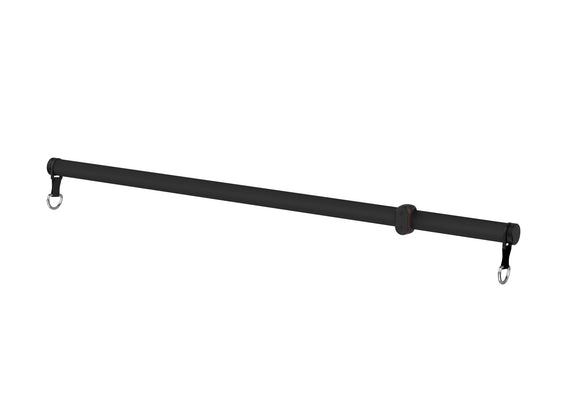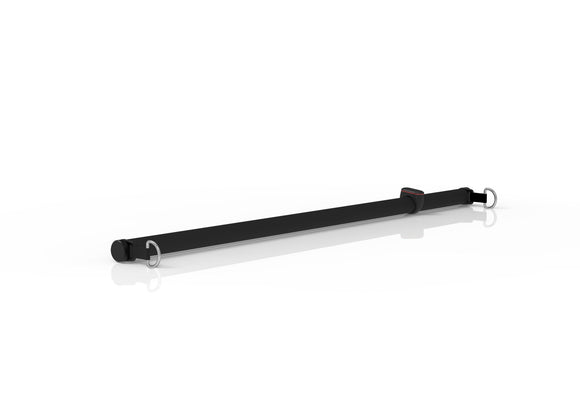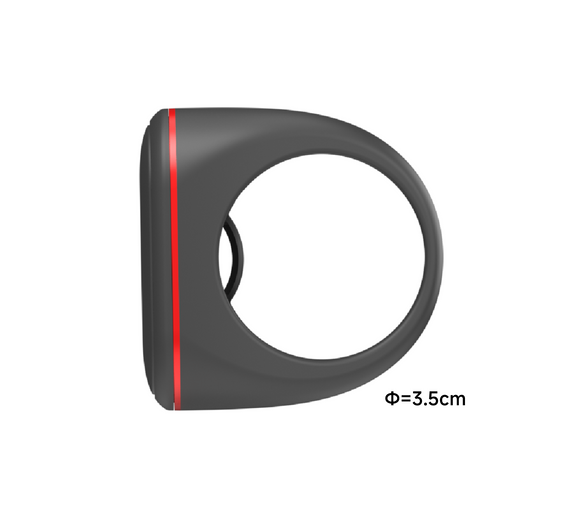Comprender los diferentes aspectos del fitness, como la hipertrofia, las ganancias de fuerza , la fuerza funcional, la resistencia al peso y el uso de pesas libres, es esencial para cualquier persona que busque mejorar su estado físico y su salud en general. Esta guía completa profundizará en los programas de entrenamiento de hipertrofia para principiantes, la ciencia detrás de la hipertrofia y el crecimiento muscular, las diferencias entre la hipertrofia y el entrenamiento de fuerza, cómo realizar un seguimiento de las ganancias de fuerza, los ejercicios para obtener ganancias de fuerza máximas, los mejores alimentos para ganar fuerza, el entrenamiento de fuerza funcional para atletas, los beneficios de los ejercicios de fuerza funcional, los entrenamientos de fuerza funcional en casa, los ejercicios de resistencia con pesas para principiantes, cómo usar bandas de resistencia con pesas, los beneficios del entrenamiento de resistencia con pesas, la comparación entre pesas libres y máquinas para el crecimiento muscular, los mejores ejercicios con pesas libres para principiantes y cómo usar pesas libres en casa.
Hipertrofia
La hipertrofia se refiere al aumento del tamaño muscular logrado a través de tipos específicos de entrenamiento de resistencia.
Programa de entrenamiento de hipertrofia para principiantes
Para quienes recién comienzan a entrenar la hipertrofia, es esencial seguir un programa estructurado. A continuación, se muestra un ejemplo de programa de entrenamiento de hipertrofia:
Semana 1-4:
-
Día 1: Pecho y Tríceps
- Press de banca: 4 series de 8-12 repeticiones
- Press inclinado con mancuernas: 3 series de 10-12 repeticiones
- Aperturas de pecho: 3 series de 12 a 15 repeticiones
- Fondos de tríceps: 3 series de 10-12 repeticiones
- Extensiones de tríceps: 3 series de 12 a 15 repeticiones
-
Día 2: Espalda y bíceps
- Dominadas: 4 series de 8-12 repeticiones
- Remo inclinado: 3 series de 10 a 12 repeticiones
- Pull-Downs laterales: 3 series de 12-15 repeticiones
- Flexiones de bíceps: 3 series de 12 a 15 repeticiones
- Curls con martillo: 3 series de 12 a 15 repeticiones
-
Día 3: Piernas y hombros
- Sentadillas: 4 series de 8-12 repeticiones
- Peso muerto: 3 series de 8 a 12 repeticiones
- Prensa de piernas: 3 series de 10-12 repeticiones
- Press de hombros: 3 series de 10-12 repeticiones
- Elevaciones laterales: 3 series de 12 a 15 repeticiones
La ciencia detrás de la hipertrofia y el crecimiento muscular
La hipertrofia muscular se produce cuando las fibras musculares aumentan de tamaño. Este crecimiento se estimula con el entrenamiento de resistencia, que provoca microdesgarros en las fibras musculares. El cuerpo repara estos desgarros durante la recuperación, lo que da lugar a un aumento del tamaño muscular. Los factores clave que influyen en la hipertrofia son la tensión mecánica, el daño muscular y el estrés metabólico.
Hipertrofia vs entrenamiento de fuerza
Mientras que la hipertrofia se centra en aumentar el tamaño muscular, el entrenamiento de fuerza tiene como objetivo mejorar la capacidad de producir fuerza. El entrenamiento de hipertrofia suele implicar rangos de repeticiones más altos (8-12 repeticiones) con pesos moderados, mientras que el entrenamiento de fuerza utiliza rangos de repeticiones más bajos (1-5 repeticiones) con pesos más pesados. Ambas formas de entrenamiento son esenciales para un régimen de acondicionamiento físico completo.
Ganancias de fuerza
El seguimiento y la optimización de las ganancias de fuerza son cruciales para el progreso continuo en su camino hacia el fitness.
Cómo hacer un seguimiento de tus ganancias de fuerza
El seguimiento de las ganancias de fuerza implica supervisar su progreso en el levantamiento de pesos más pesados a lo largo del tiempo. A continuación, se indican algunos métodos:
- Mantenga un registro de ejercicios: registre los pesos, series y repeticiones de cada ejercicio.
- Pruebas regulares: prueba periódicamente tu repetición máxima (1RM) para levantamientos clave como sentadillas, pesos muertos y press de banca.
- Use la tecnología: las aplicaciones y los rastreadores de actividad física pueden ayudarle a monitorear su progreso e identificar tendencias.
Ejercicios para ganar fuerza al máximo
Los ejercicios compuestos son los más efectivos para desarrollar fuerza. A continuación, se indican algunos ejercicios clave:
- Sentadillas: involucran múltiples grupos de músculos, incluidos los cuádriceps, los isquiotibiales y los glúteos.
- Peso muerto: trabaja toda la cadena posterior, incluida la espalda baja, los glúteos y los isquiotibiales.
- Press de banca: concéntrese en el pecho, los tríceps y los hombros.
- Pull-Ups: Fortalece la espalda, los hombros y los brazos.
Los mejores alimentos para ganar fuerza
La nutrición juega un papel vital en el aumento de la fuerza. Estos son algunos de los mejores alimentos:
- Proteínas magras: el pollo, el pavo, el pescado y la carne de res magra proporcionan aminoácidos esenciales para la reparación muscular.
- Carbohidratos complejos: la avena, la quinua, la batata y el arroz integral ofrecen energía sostenida para los entrenamientos.
- Grasas saludables: los aguacates, las nueces, las semillas y el aceite de oliva favorecen la producción de hormonas y la salud general.
Fuerza funcional
El entrenamiento de fuerza funcional se centra en ejercicios que mejoran su capacidad para realizar actividades cotidianas y movimientos específicos del deporte.
Entrenamiento de fuerza funcional para deportistas
Los deportistas se benefician del entrenamiento de fuerza funcional, ya que mejora el rendimiento y reduce el riesgo de lesiones. Los ejercicios clave incluyen:
- Peso muerto con una pierna: mejora el equilibrio y la fuerza unilateral.
- Lanzamientos con balón medicinal: mejoran la potencia explosiva.
- Paseo del granjero: fortalece el agarre, el centro del cuerpo y la estabilidad general.
Beneficios de los ejercicios de fuerza funcional
Los ejercicios de fuerza funcional ofrecen varios beneficios:
- Movilidad mejorada: mejora el rango de movimiento en las articulaciones.
- Mejor equilibrio y coordinación: reduce el riesgo de caídas y lesiones.
- Estabilidad central mejorada: apoya la fuerza general y la postura.
Entrenamientos de fuerza funcional en casa
Puedes realizar ejercicios de fuerza funcional en casa con un equipo mínimo. A continuación, te mostramos una rutina de muestra:
- Sentadillas con peso corporal: 3 series de 15 repeticiones
- Flexiones: 3 series de 15 repeticiones
- Plancha: 3 series de 60 segundos
- Estocadas: 3 series de 12 repeticiones por pierna
- Abdominales en bicicleta: 3 series de 20 repeticiones
Resistencia al peso
El entrenamiento de resistencia con pesas implica el uso de pesas para crear resistencia contra la contracción muscular, lo que aumenta la fuerza y la hipertrofia.
Ejercicios de resistencia con pesas para principiantes
Los principiantes deben comenzar con ejercicios básicos de resistencia con pesas para desarrollar una base sólida. A continuación, se indican algunos ejercicios:
- Flexiones de bíceps con mancuernas: 3 series de 12 repeticiones
- Fondos de tríceps: 3 series de 12 repeticiones
- Press de hombros: 3 series de 12 repeticiones
- Prensa de piernas: 3 series de 12 repeticiones
Cómo utilizar bandas de resistencia con pesas
Las bandas de resistencia son versátiles y efectivas para el entrenamiento de fuerza. A continuación, se explica cómo utilizarlas:
- Sentadillas con banda: párese sobre la banda con los pies separados al ancho de los hombros, sostenga las manijas y realice sentadillas.
- Remo con banda: sujete la banda, agarre las manijas y tire hacia su cuerpo, imitando un movimiento de remo.
- Press de banda: Sujete la banda detrás de usted, sostenga las manijas y presione hacia adelante como si fuera un press de pecho.
Beneficios del entrenamiento de resistencia con pesas
El entrenamiento de resistencia con pesas ofrece numerosos beneficios:
- Aumento de la fuerza muscular: desarrolla masa muscular y mejora la fuerza general.
- Densidad ósea mejorada: Los ejercicios con pesas promueven la salud ósea.
- Metabolismo mejorado: aumenta la tasa metabólica en reposo, lo que ayuda a controlar el peso.
Pesas libres
Las pesas libres, como mancuernas y barras, son herramientas esenciales para el entrenamiento de fuerza.
Pesas libres vs máquinas para el crecimiento muscular
Tanto las pesas libres como las máquinas tienen su lugar en una rutina de ejercicios. Las pesas libres ofrecen varias ventajas:
- Utiliza los músculos estabilizadores: requiere más equilibrio y coordinación, activando músculos adicionales.
- Mayor rango de movimiento: permite patrones de movimiento más naturales.
- Versatilidad: Se puede utilizar para una amplia variedad de ejercicios.
Los mejores ejercicios con pesas libres para principiantes
Los principiantes deben centrarse en los movimientos fundamentales para construir una base sólida. A continuación se indican algunos ejercicios:
- Press de banca con mancuernas: 3 series de 12 repeticiones
- Remo con mancuernas: 3 series de 12 repeticiones
- Sentadillas con copa: 3 series de 12 repeticiones
- Peso muerto con mancuernas: 3 series de 12 repeticiones
Cómo utilizar pesas libres en casa
Las pesas libres son versátiles y se pueden utilizar de forma eficaz en casa. A continuación, se muestra una rutina sencilla:
- Sentadillas con mancuernas: 3 series de 12 repeticiones
- Press con mancuernas: 3 series de 12 repeticiones
- Remo con mancuernas: 3 series de 12 repeticiones
- Curls con mancuernas: 3 series de 12 repeticiones
Encuentra artículos similares
Benefits of Functional Strength ExercisesBest Foods for Strength GainsBest Free Weight Exercises for BeginnersExercises for Maximum Strength GainsFree WeightsFree Weights vs Machines for Muscle GrowthFunctional StrengthFunctional Strength Training for AthletesFunctional Strength Workouts at HomeHow to Track Your Strength GainsHow to Use Free Weights at HomeHow to Use Weight Resistance BandsHypertrophyHypertrophy Training Program for BeginnersHypertrophy vs Strength TrainingScience Behind Hypertrophy and Muscle GrowthWeight Resistance Training BenefitsGimnasio en casa inteligente
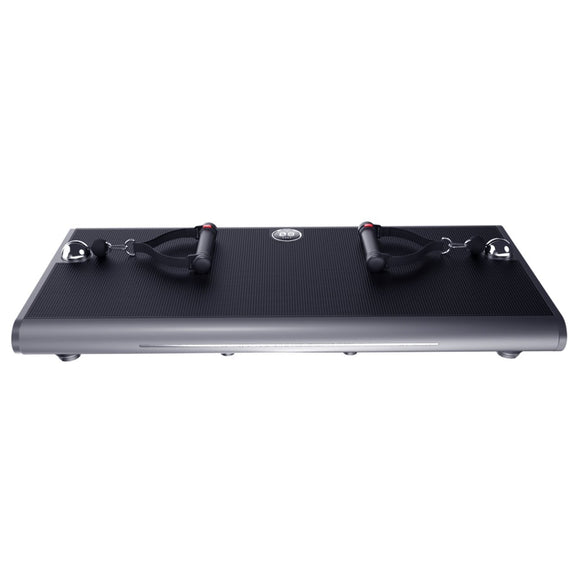
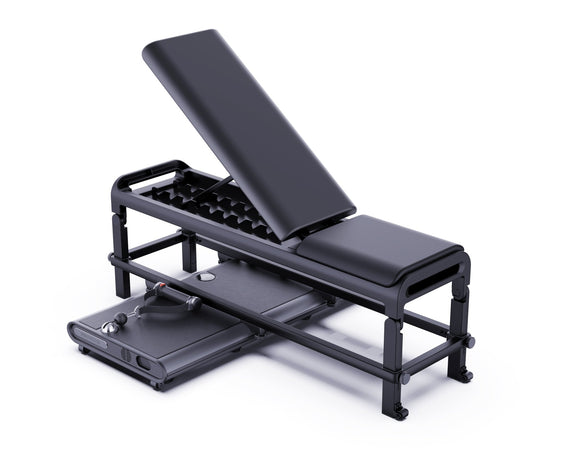
INNODIGYM P1 MÁXIMO

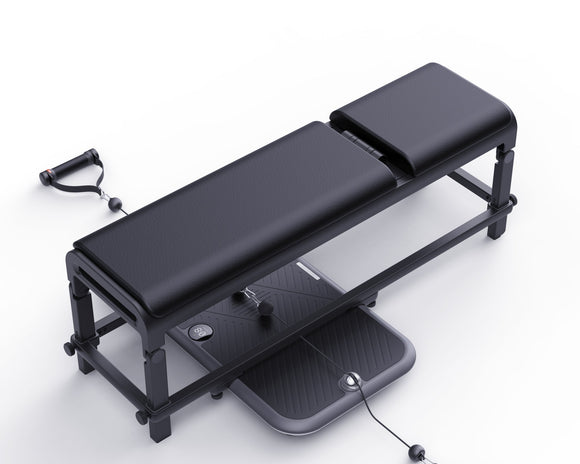
INNODIGYM P1 PLUS
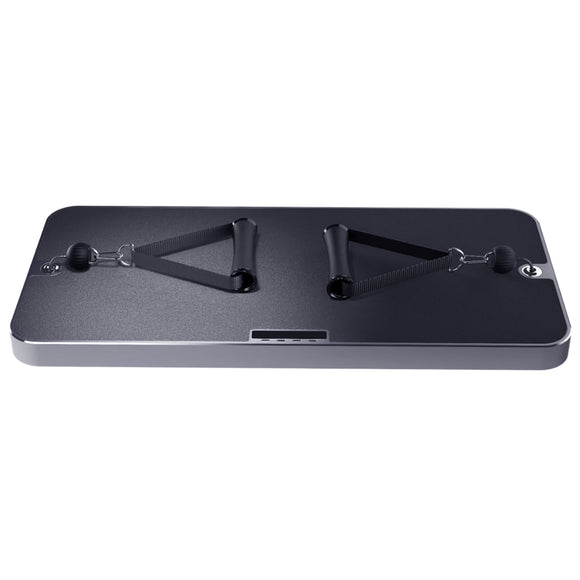

INNODIGYM P1 LITE

